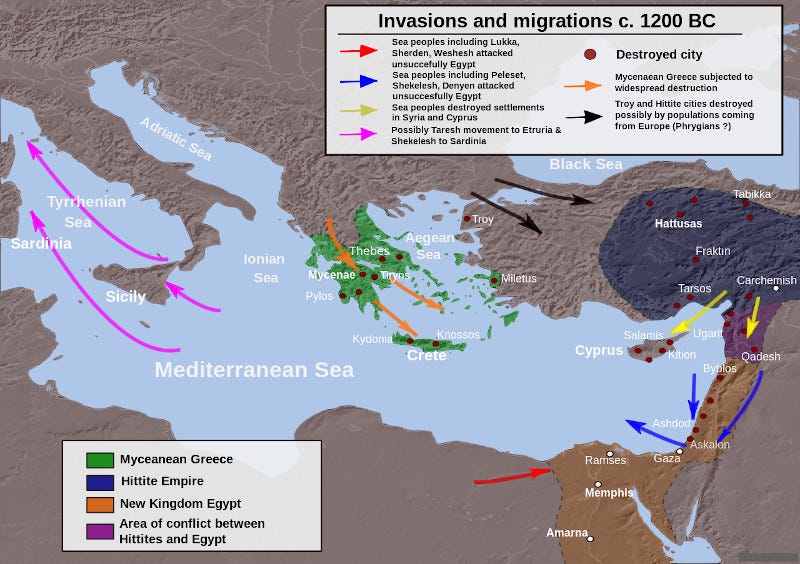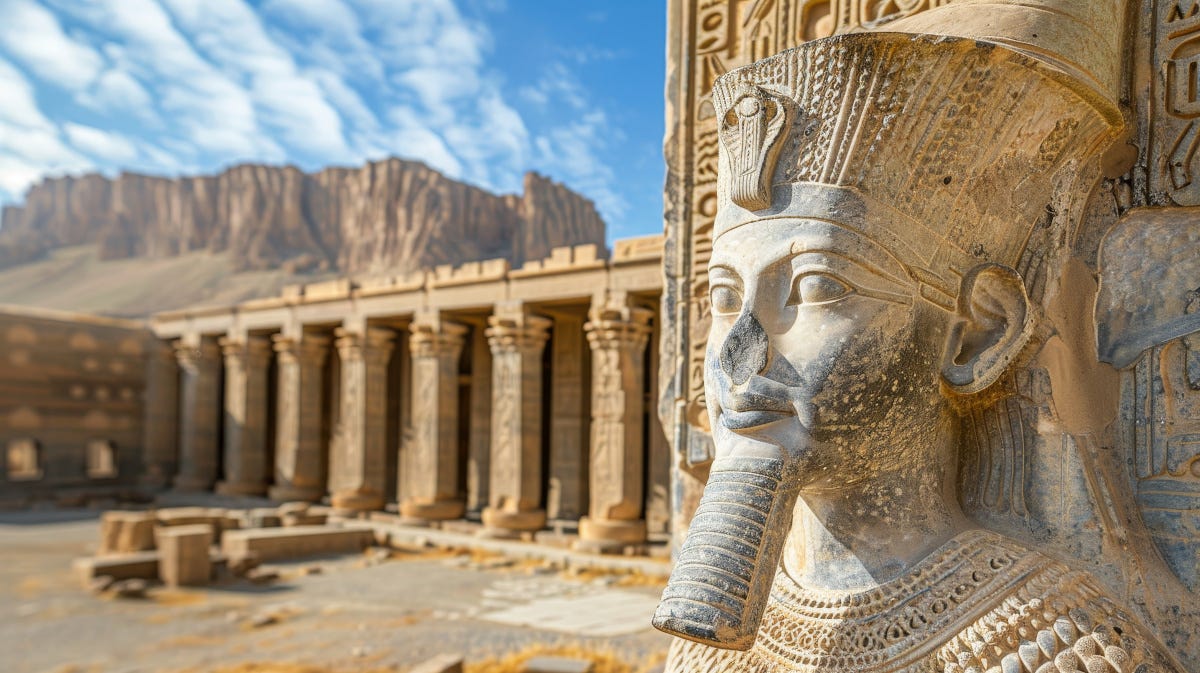Fickle Sovereignty: Exploring Egypt's Third Intermediate Period
Premium Article
This article was originally published on Ancient Origins Premium (July 24, 2024).
Characterized by political fragmentation and foreign rule, the Third Intermediate Period in Egypt saw a country divided among competing nations and religious adversaries, ushering in an era founded on collapse, riddled with flux and transformation. Amidst the fading echoes of pharaonic glory, shifting powers from Libya, Nubia, and beyond clung to their right to rule, only to be undone by those who seized opportune weakness. Lasting from 1070 to 664 BC, this was a time when the old gave way to the new, when cultures entwined, weaving a delicate tapestry of admiration and turmoil.
The Bronze Age Collapse
Bronze Age Egypt flourished, achieving remarkable cultural and technological advancements that defined the kingdom. Spanning roughly from 3000 to 1200 BC, Egypt's Old, Middle, and New Kingdoms showcased unparalleled accomplishments in art, architecture, leadership, and societal organization. The Great Pyramids of Giza, built during the Old Kingdom, are a testament to Egypt's ingenuity and monumental ambition. Developments, such as the iconic idealized artistic representations adorning temples, tombs, and palaces influenced art across the ancient world. Hieroglyphic writing evolved into a complex system serving practical and ceremonial purposes, preserving religious texts, historical records, and administrative documents.
In the age of bronze, many, including the Egyptians mastered the art of metalworking, producing exquisite bronze statues, jewelry, and weapons. Trade routes were well-established throughout the Mediterranean, allowing for the diffusion of culture and ideas. The world around equally flourished in ambition and grandeur. It was a prosperous time, one that inspired future generations to write great epics of legendary heroes, adventures, and battles. However, despite widespread stability, things ultimately took a troubling turn.
Sudden shifts in climate, causing droughts, famine, and natural disasters, led to increased political and social instability. Huge swaths of people began migrating, in hopes of finding a better life for themselves and their families, often being met with resistance. Wars broke out between local governments and migrant refugees, destruction ensued, invasions rampant, and the social order quickly fell apart. Trade routes ceased to function, and great civilizations of the past were left in ruins.

The Egyptians called these people the Sea People, a combination of seafarers and land migrants from various tribal regions. Although their reputation seemed ominous, they embodied what rapid environmental change, dwindling resources, and displacement can do to a society. Their world became a fight for existence and catastrophic collapse was nothing more than a backdrop.
“They desolated its people and its land was like that which had never existed. They were coming forward toward Egypt, while the flame was prepared for them." (Inscription, Temple of Ramesses III)
Keep reading with a 7-day free trial
Subscribe to Digging Up The Past to keep reading this post and get 7 days of free access to the full post archives.



